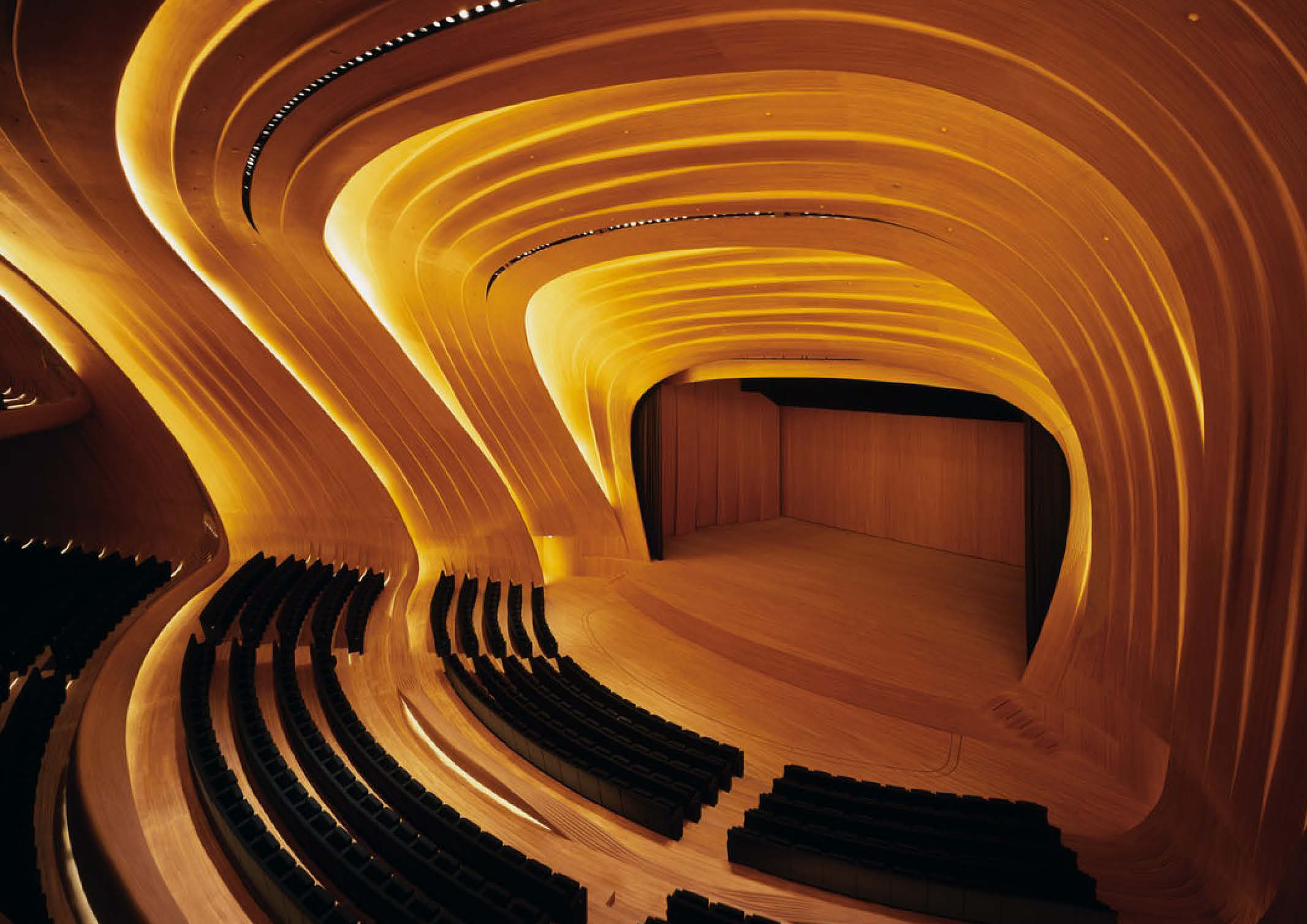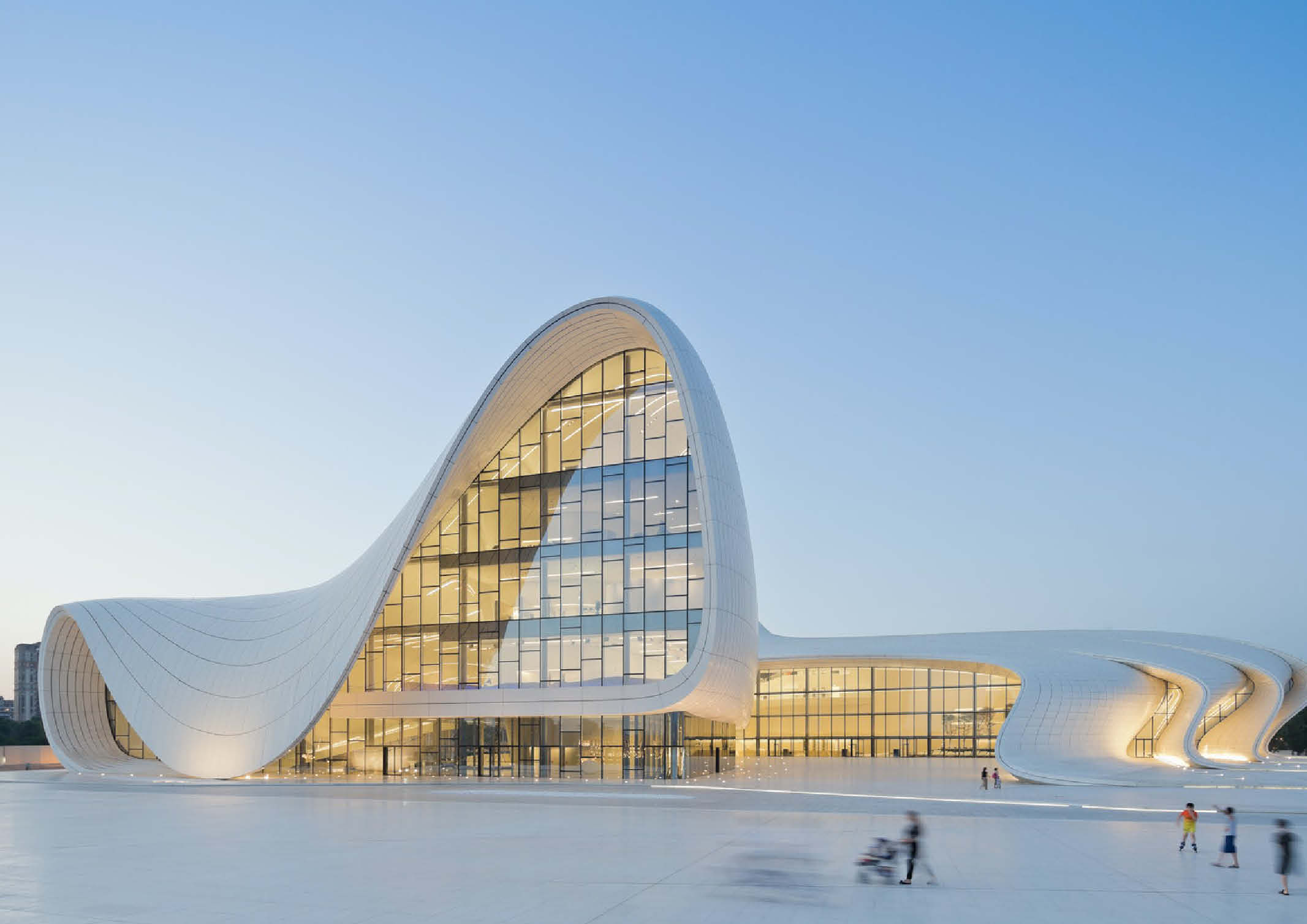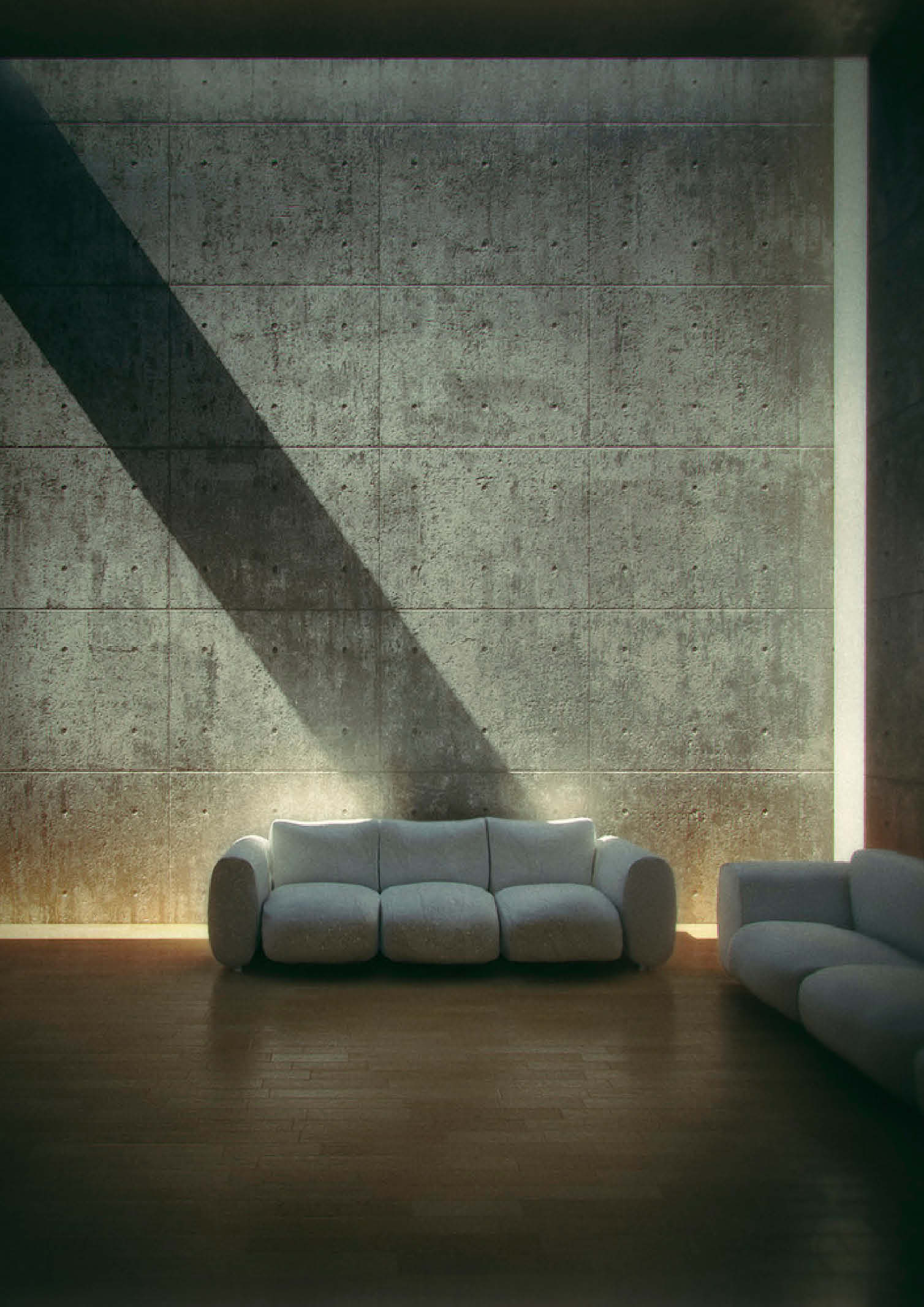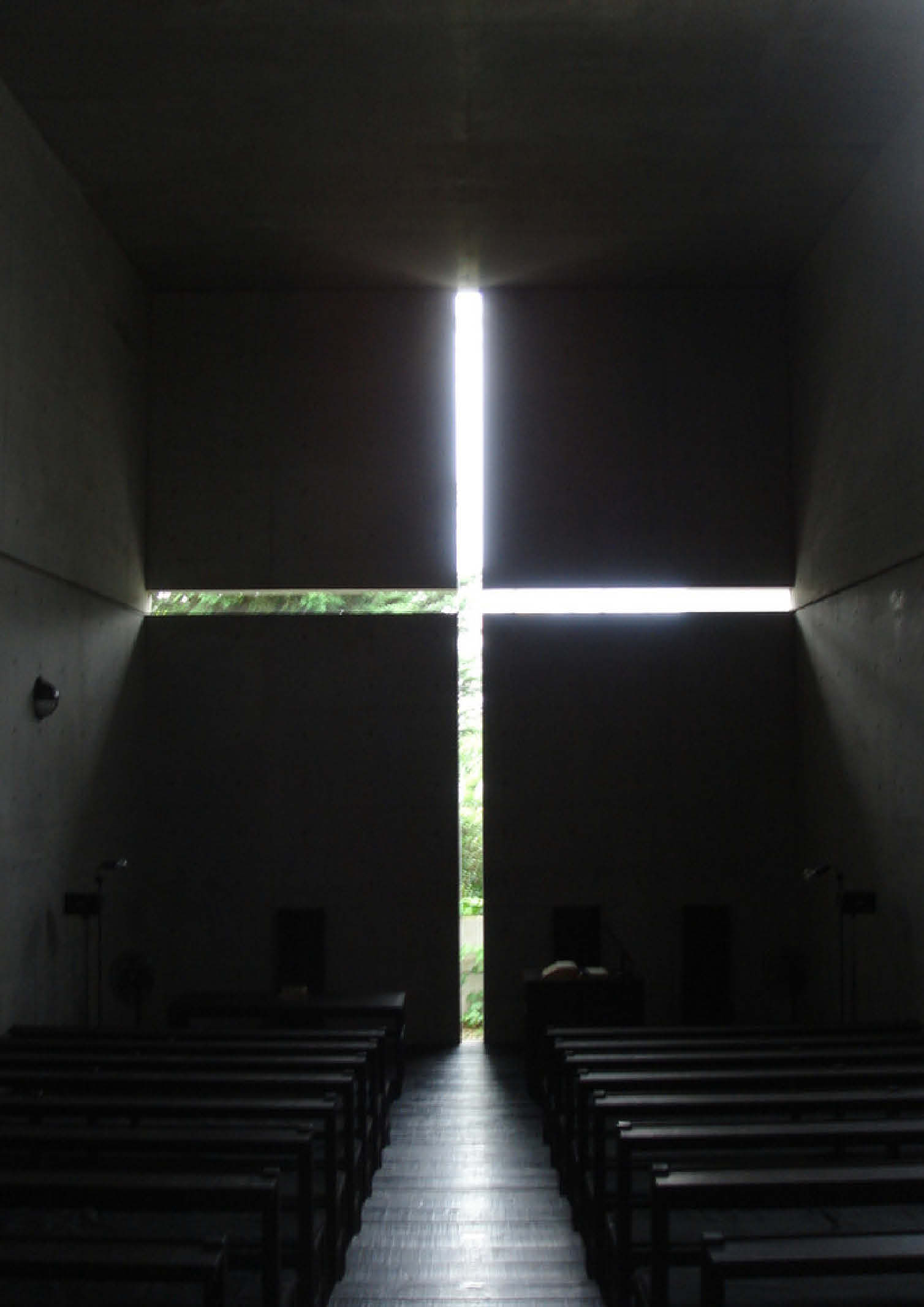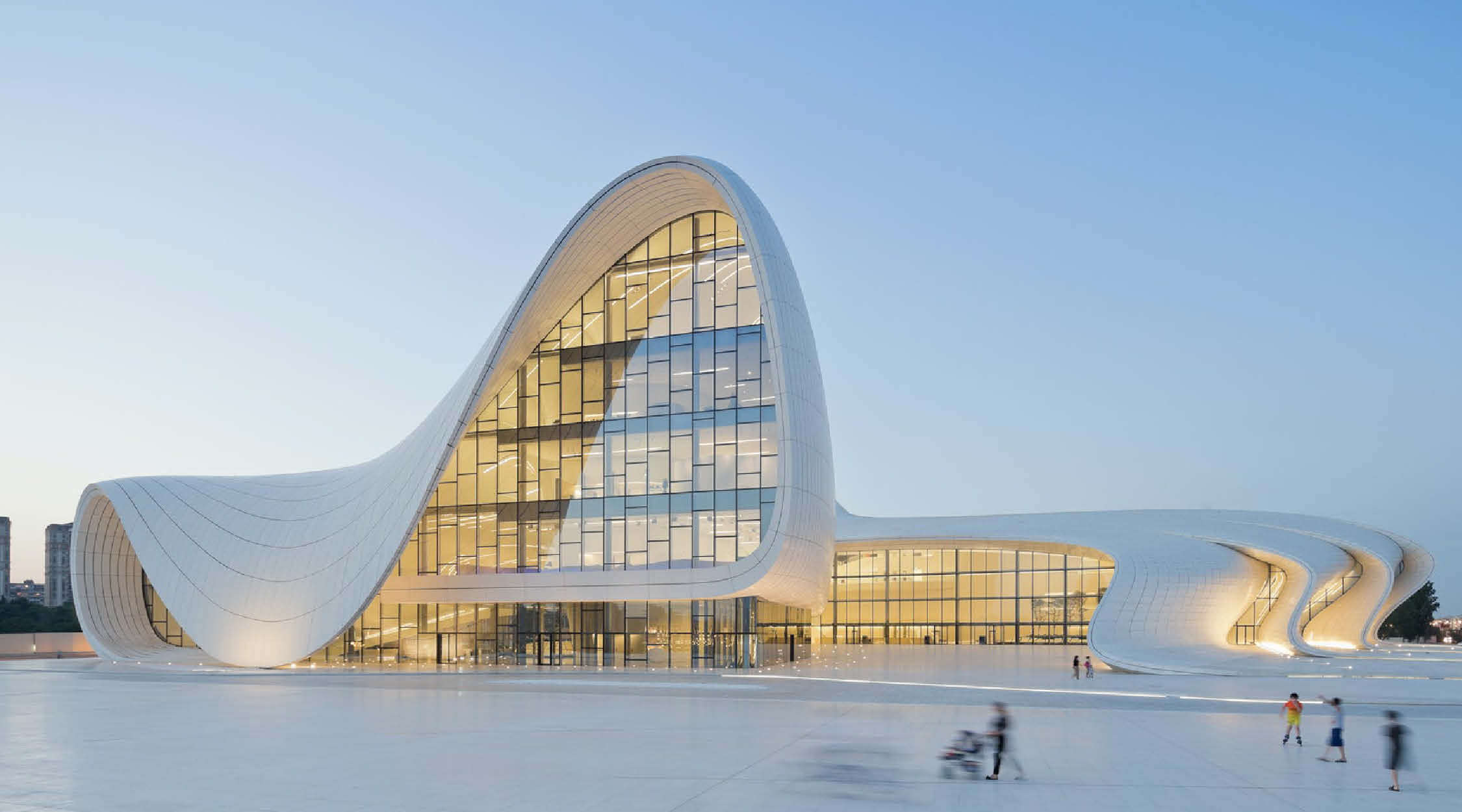
How Light Create New Architectural Experiences 
Le Corbusier once stated that “Light and shadow reveal form.” In architecture, elements such as structural components in construction, shapes and volumes created, materials and use of color make up a building. But without the right use of light in design, these elements would essentially be obsolete.
Whether by use of daylight or artificial lighting, light draws attention to detail such as textures, colors, and forms, enhancing the way people perceive the space. It becomes a medium that allows people to observe.
Aesthetics, which defines the pleasing qualities of design, is key to attraction; and where proper luminosity is used, aesthetics is amplified. Light can also bring emotional value to architecture, which gives Architects and Designers the ability to affect how people should feel when they enter a particular space.
Over many centuries, architects have challenged the boundaries of light, harnessing natural gleam and pushing artificial lighting to new limits. Although it is not built, it can be designed, akin to an ethereal material in its own right.
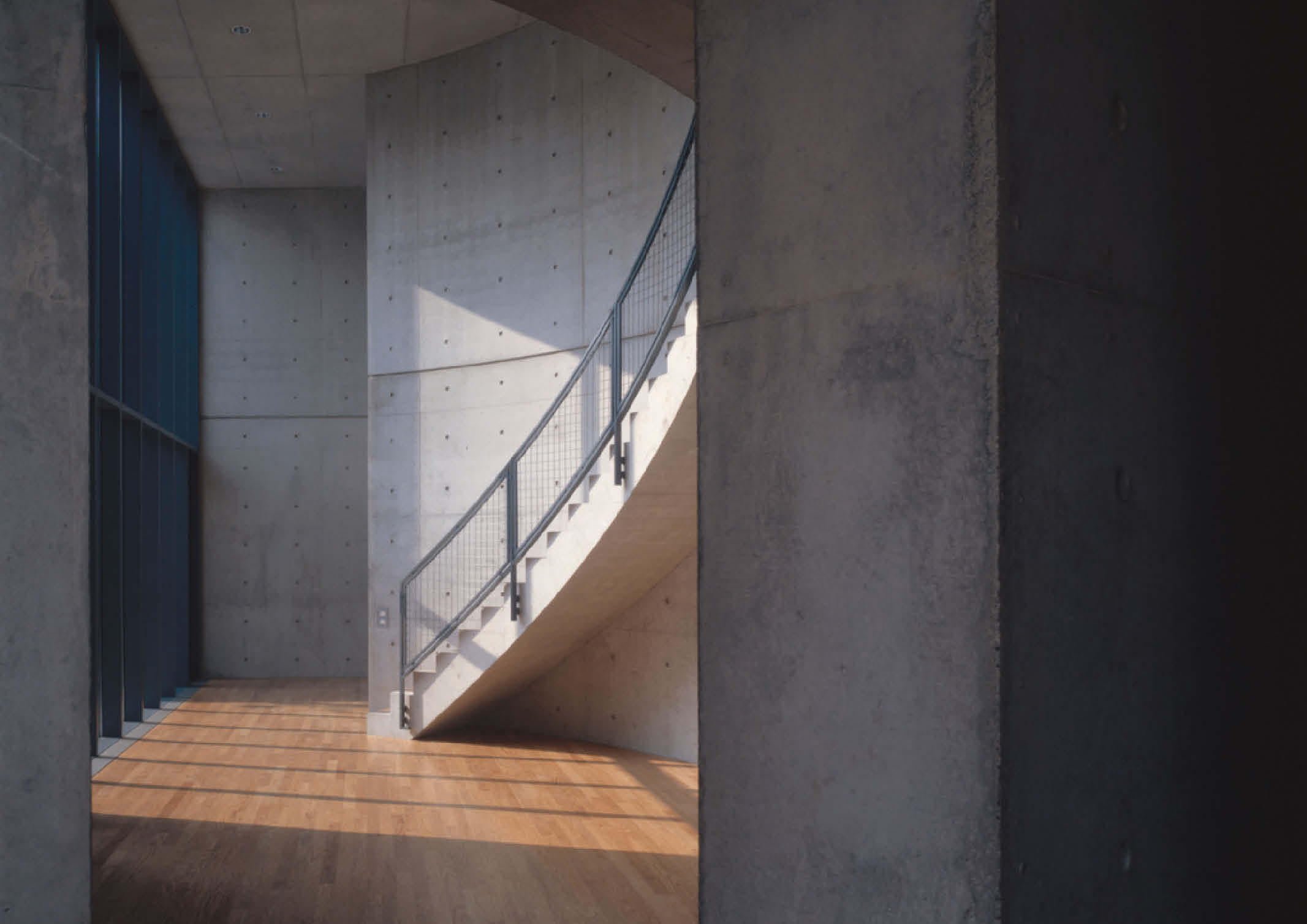
If there is any architect whose consistent factor in his work is the pursuit of light, is Tadao Ando. Ando’s famous buildings translates the identity of the place through careful transitions of light. Revealed by striking shadow patterns and water reflection animates obtrusively solid surfaces, his crafted play on materiality and movement leaves the viewer an experience in favor of the buildings’ surroundings and the embeddedness with the natural world.
One of Tadao Ando’s signature architectural works, the Church of the Light is a reinforcement of the architect’s focus on simplicity and minimalist aesthetic. The reinforced concrete creates a surface that when exposed to natural light, emits a luminous quality and a surreal effect that perceptually changes illumination into space. The employment of simple material reinforces the duality of the space; reductive of religious paraphernalia to a simple cruciform extrusion, removing any distinction of traditional Christian motifs and aesthetics. Although it is nothing more than six walls and a roof, there is a whole level of design aesthetic implemented by Ando that is an architectural purity defined by light.
Inspired by the waters of the Arabian Gulf and the sands of Saadiyat Island, The Louvre Abu Dhabi by Jean Nouvel rains light from the geometric dome, inspired by the cupola, a distinctive feature in Arabic architecture. Zenithal’ lighting, which uses glass mirrors to capture and direct sunlight into spaces and scatter rays to reduce glares, was used to distribute the light in all the galleries. That, and the woven metalwork surrounded by water provide a mesmerizing experience – an architectural masterpiece born from light.

Another example is TikTok’s new headquarters in Los Angeles. The 120,000 square foot hub, designed by Gensler, embraced lighting technology to create a space that represents the company’s mark on the social media culture worldwide. 100-foot long LED walls with continually changing images become kinetic backdrops, with pops of color and neon messages are integrated throughout, helping to create a vibrant and energizing workplace.

Aligning us with the words of Corbusier, it is befitting to say that Architecture can create what is then rendered by light. In totality, The use of illumination in Architecture has the ability to transform a space, set emotion, and as a whole create various experiences.
